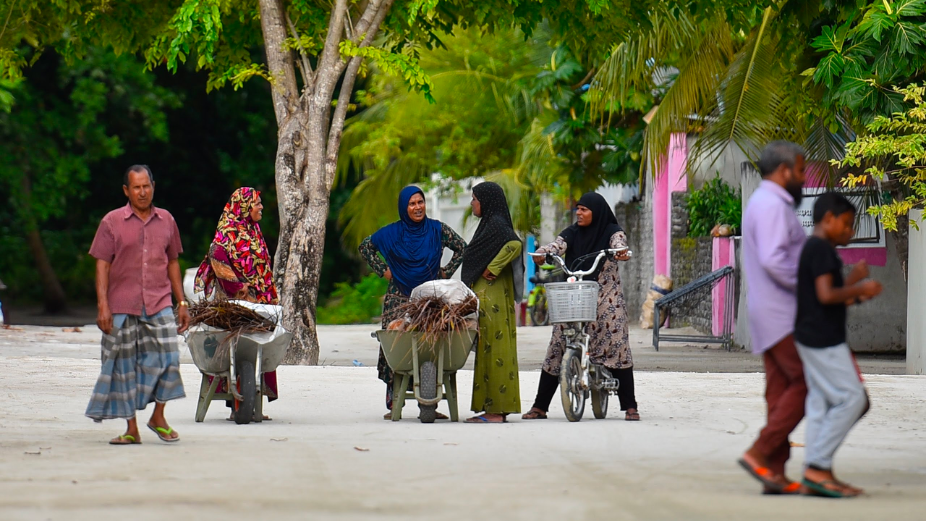According to the latest Maldives Development Update from the World Bank, the nation’s poverty rate fell by 7% last year.
As tourism recovered post-COVID, service exports and tourism-linked revenue collections also rose significantly. This led to improvements in the current account deficit and the country’s overall fiscal position. All sectors, except for construction which remains sluggish, showed a significant rebound. The poverty rate, which rose sharply to 11 percent in 2020 due to the pandemic, is estimated to have fallen to 4 percent in 2021.
The MDU notes that these positive trends will likely continue this year and the next. This is thanks to increasing capacity in the tourism sector led by the completion of the Velana International Airport expansion and new resorts, a return of Chinese tourists after their border is reopened, and continued strong capital expenditures. As a result, tourism and the overall economy are projected to fully recover to pre-pandemic levels by 2023.
Despite the strong recovery, the Maldives faces significant risks, especially due to the country’s high debt burden and the global uncertainties linked to the ongoing war in Ukraine.
Rising from 4.9 and 0.8 percent in 2019, Russians and Ukrainians accounted for 16.8 and 2.7 percent of the 1.3 million arrivals in 2021, respectively. With the ongoing Ukraine war and the associated geopolitical implications, a prolonged absence of travellers from these two markets could negatively impact Maldives’ tourism sector. The MDU notes, however, that there are reasons to be optimistic, as increasing arrivals from other European markets such as the United Kingdom, Germany and Italy, and a surge in arrivals from new markets such as the Middle East could make up for the loss.
Although the impact of the war on tourist arrivals and economic growth seems manageable, it will have other consequences. The war has already led to a spike in commodity prices and, as a result, Maldives is likely to face a higher current account deficit, inflationary pressures, and an additional fiscal burden given the likely increase in fuel and electricity subsidies. These channels may aggravate existing external and fiscal vulnerabilities.
Since 2016, the government has appropriately increased infrastructure spending to facilitate faster growth. As a result, construction activity, productivity, and medium-term economic prospects have all seen a significant boost. Funding for these major projects had come through non-concessional foreign sources and sovereign guarantees, increasing fiscal and debt vulnerabilities. These risks are unlikely to lessen especially with an election year ahead.




















